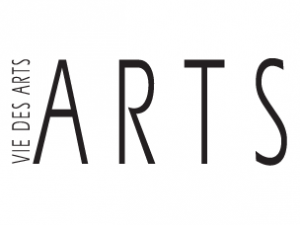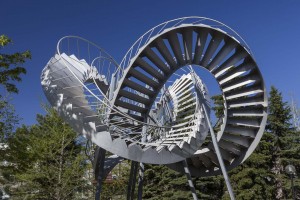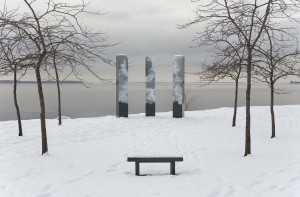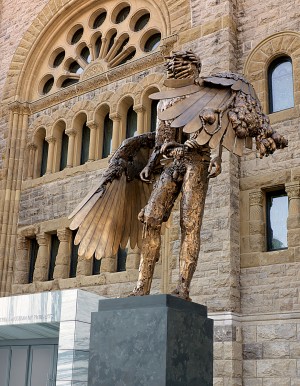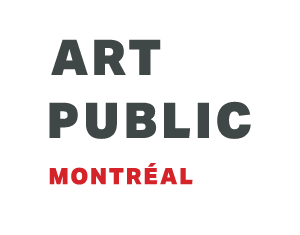






Julien Abadie
Recently named publisher of Vie des Arts magazine, Julien Abadie has led several professional lives. Successively a journalist covering cinema, sports, economics and even the military, over the years he has acquired solid skills in digital strategies. He has supported and propelled transitions for media such as Equidia in France and Les Affaires in Québec. He has also worked for the Siletnale and Adviso web agencies.
But his primary passion remains art criticism in general and film criticism in particular, with a particular zest for niche films. His articles can be found in magazines such as Chronicart, Vertigo, Carbone, Voir, and now Vie des Arts. In addition, Mr. Abadie has collaborated on two collective publications: Paul Verhoeven, Total Spectacle (published by Playlist Society) and John McTiernan, Cinéma Total (forthcoming from Éditions Aedon). His first individual publication is to appear in 2020 and will be titled: Speed Racer, les Wachowski à la lumière de la vitesse.
To visit the website click here : Vie des arts
